This week, the red oaks began their bombing in earnest, waiting until I fell asleep to hurl acorns at metal roofing and other acoustically impressive targets. Perhaps they’re just mischievous. Or maybe they’re trying to communicate – to rouse me to the defense of their dying breathern across our wooded western border, where all week lumbering lumber machinery has been transforming living landscape into logs.
It’s kind of sad, but we work to find the positive in situations beyond our control. The unwanted branches and trunk bottoms they left behind made for easy, excellent fire wood.
While Kristin was in Cleveland, we swapped out farm helpers – now the Albatross houses a new WWOOFer – Bryan from Austin, who will be working with us until he heads back to finish college at the end of the month.
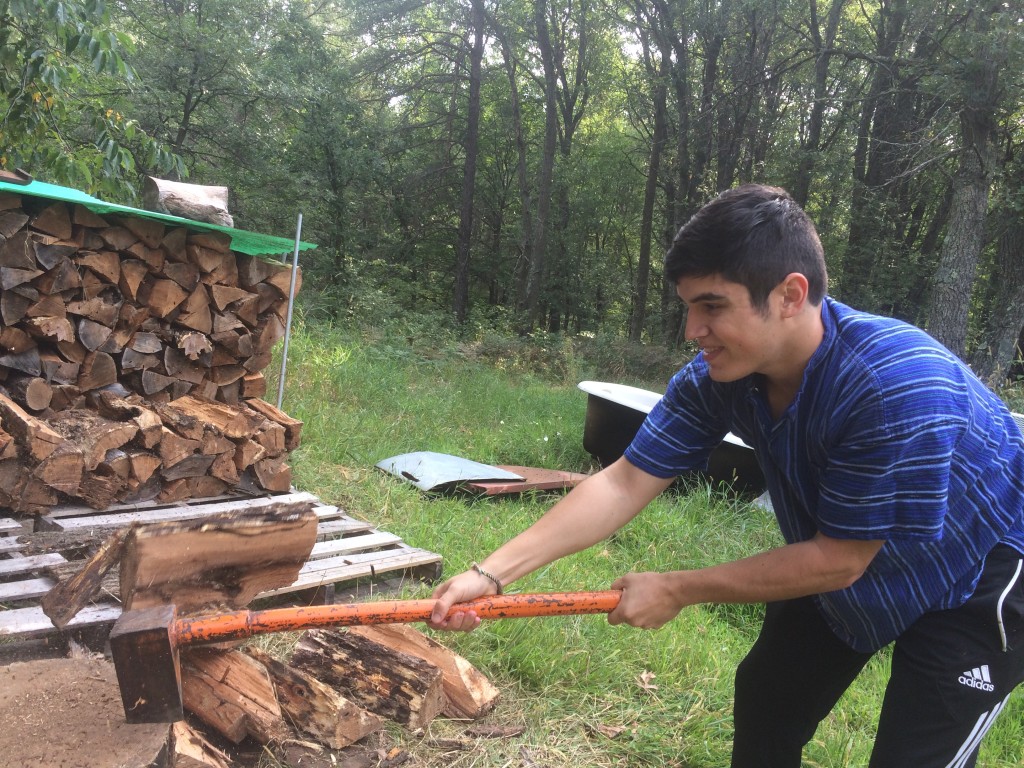
On our way out to the farm from Minneapolis, I explained how to spot edible Chicken of the Woods mushrooms from the road. We didn’t see any though, and decided to head to the Wolf Creek Bar for dinner rather than cooking. Afterward, while driving around the backroads of the Barrens (our neighborhood), he announced that he was still on the lookout for “chicken of the forests or whatever” – and immediately we drove past a tree covered with them – not in the woods, but in the yard of an old hunting cabin. Score!
The recent humidity has not led to only happy tales, however – it’s also opened the fungal floodgates in the Field, and we’ve been fighting it on multiple fronts. Although we haven’t had much rain lately, the humidity has ensured that the crops are regularly covered in heavy, dripping dew – combined with the heat, this has created an ideal environment for the fungi and their parasitic relatives.
The cucumbers and most of the melons were decimated by a wave of Anthracnose fungi, as have certain susceptible tomato varieties. All the squash, zucchini, pumpkins and gourds came down with intense cases of Powdery Mildew (actually a fungus). Much of our Thai basil has come down with the deadly new disease on the block – Basil Downy Mildew (not a mildew, but also not technically a fungus – rather, they are in the order “Oomycota” which was recently split out from the Fungi).
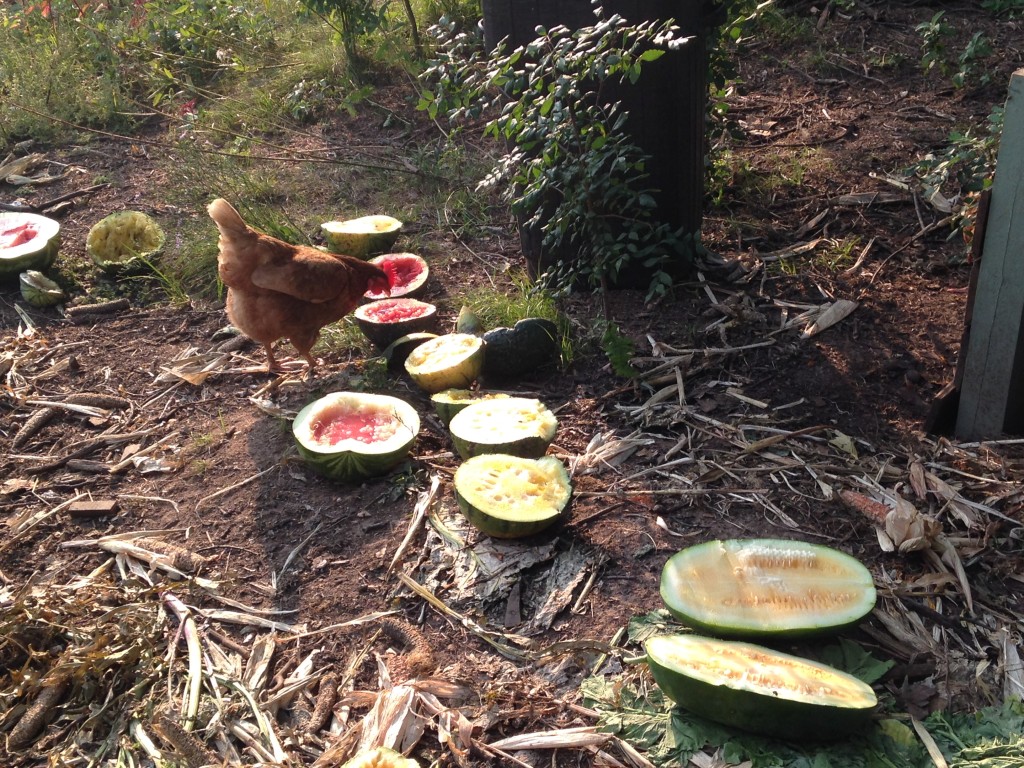
We’ve never really had free moments to battle such diseases in previous years, and tried to regard outbreaks with resigned fatalism – especially when the Killing Frost could be only weeks away. But this year we’re just a bit more on top of things, and we’re fighting to save what we can.
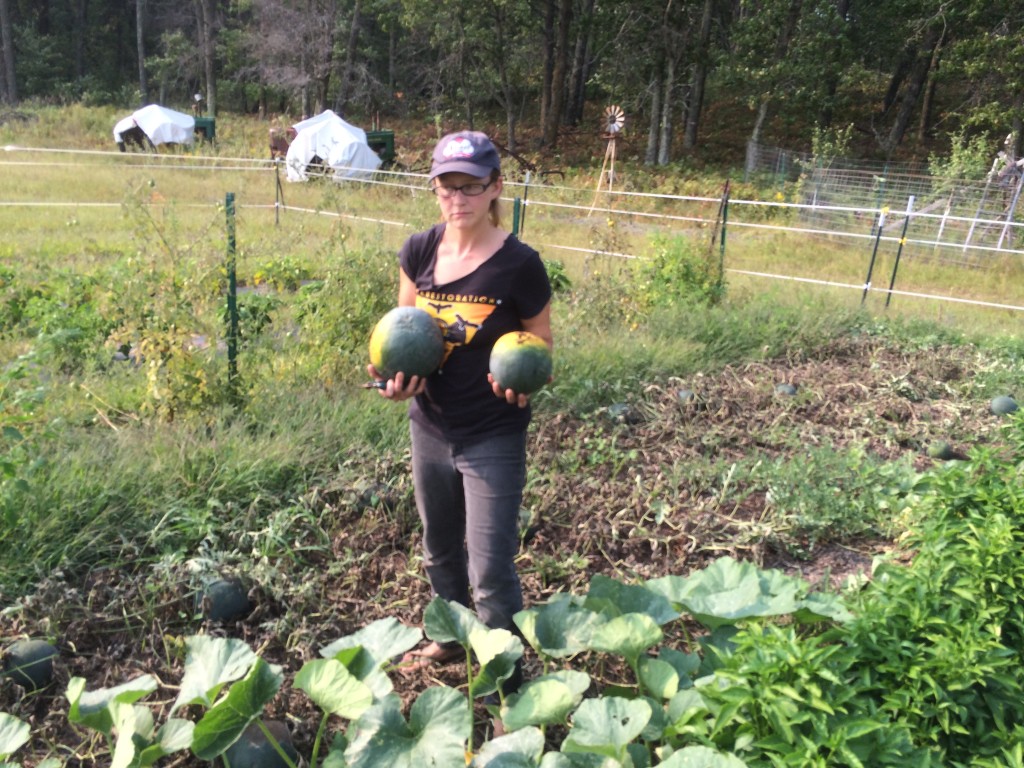
Most of the melon plants are dunzo, but we’ll be treating the survivors with organic copper spray this week to help them fight it off. The infected Thai basil will be destroyed in an effort to save the less-affected Italian Sweet Basil plants. And we’ll continue to spray milk on the squash, gourds, and pumpkins … it sounds weird, but in recent years it was discovered that diluted milk is quite effective at fighting Powdery Mildew, so we’ve been spraying the leaves down with a garden sprayer – and have a 5-gallon backpack sprayer on order and en route, for more effective application of all the milk, copper, and neem oil we’ll be spraying in our future fungi fights.
Box 13
- Sugar Baby Mini Watermelon – the fungal melon disease that destroyed the vines also gave the fruit a skin condition – but it hasn’t effected the fruit, and won’t – as long as you eat it soon. Don’t let the fungus win – eat yer melon before it does – or cut it open, scoop out the insides, and save them in the fridge til you’re in a melon mood (meloncholy?)You don’t need an ice cream maker to make Italian ice!
http://www.epicurious.com/recipes/food/views/watermelon- ice-15266
Infuse the syrup with holy basil, mint, or other herbs if you like.You can also pair watermelon with savory ingredients, as in this recipe (that we have not tried):
http://cooking.nytimes.com/recipes/1014851-tomato-and- watermelon-salad
- Carrots! (multiple color varieties, including white, yellow, purple, orange)
- Tomato Medley (Unchained)
Kristin has always wanted to make a tomato tart. “They are so darn pretty!” There are many recipes online.
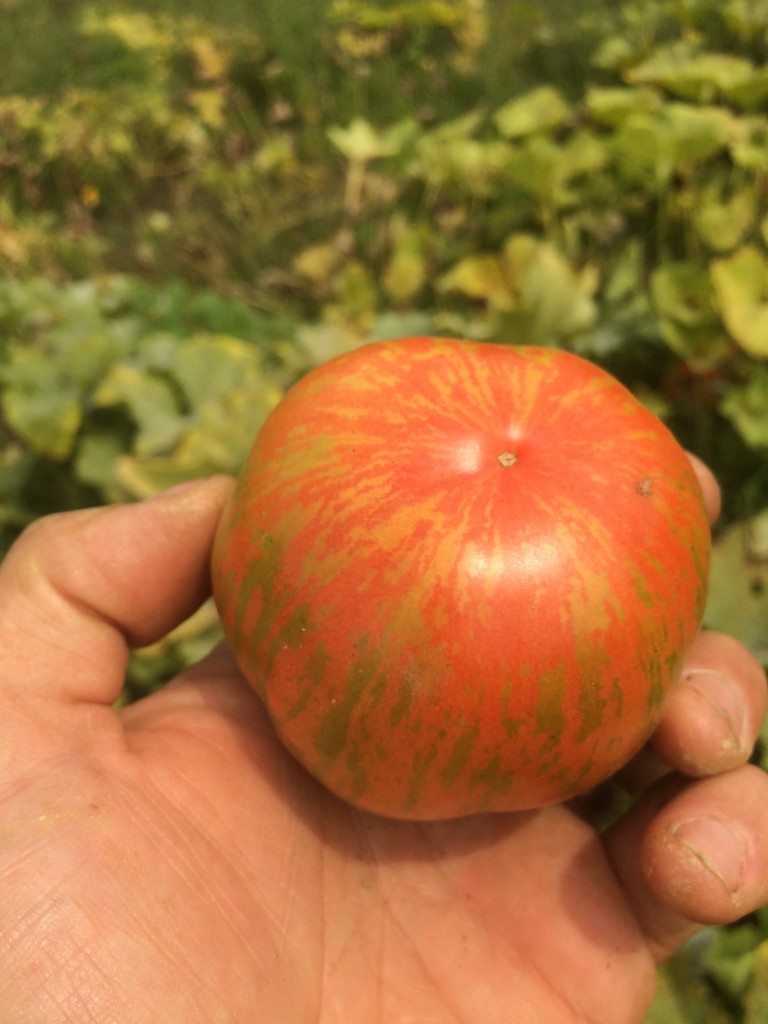
If you’ve had enough of tomatoes (say it ain’t so) you can put them in a freezer bag and into the freezer. They will peel easily when they thaw, and be good for making sauce.
- Collard Greens – Kristin sez: “Often cooked with bacon and also good with hot peppers, garlic, and lemon. Recipes often recommend simmering them for 30-45 min but I would not cook them that long. I would also not say that to a southerner.”Once we split them out into the boxes there were less than we’d intended to give ya’ll (southerner veggies), and it was too late to go harvest more – so cooking them down won’t yield a great amount – maybe put them in a soup with some roasted radishes, or use them to make wraps (with collard leaves instead of tortillas)
- Ground Cherries – Not really cherries, but nonetheless delicious. Peel the husks and enjoy – notice the variable flavor depending on the color (deep yellow without any greenish tint is sweetest).
- Black Spanish radish – “I was surprised to learn that black Spanish radishes are considered medicinal. You can buy extracts and pills of it, or just enjoy eating it! Salting and then rinsing radishes tones down their heat – and if you can’t fathom eating so much raw radish, try braising or roasting them with other root vegetables.”
We gave you a lot so you could experiment with roasting them – it’s our favorite way to eat a quantity of radishes, and would cook well with the carrots in the box. - Zucchini
- Assorted Peppers
- Broccoli
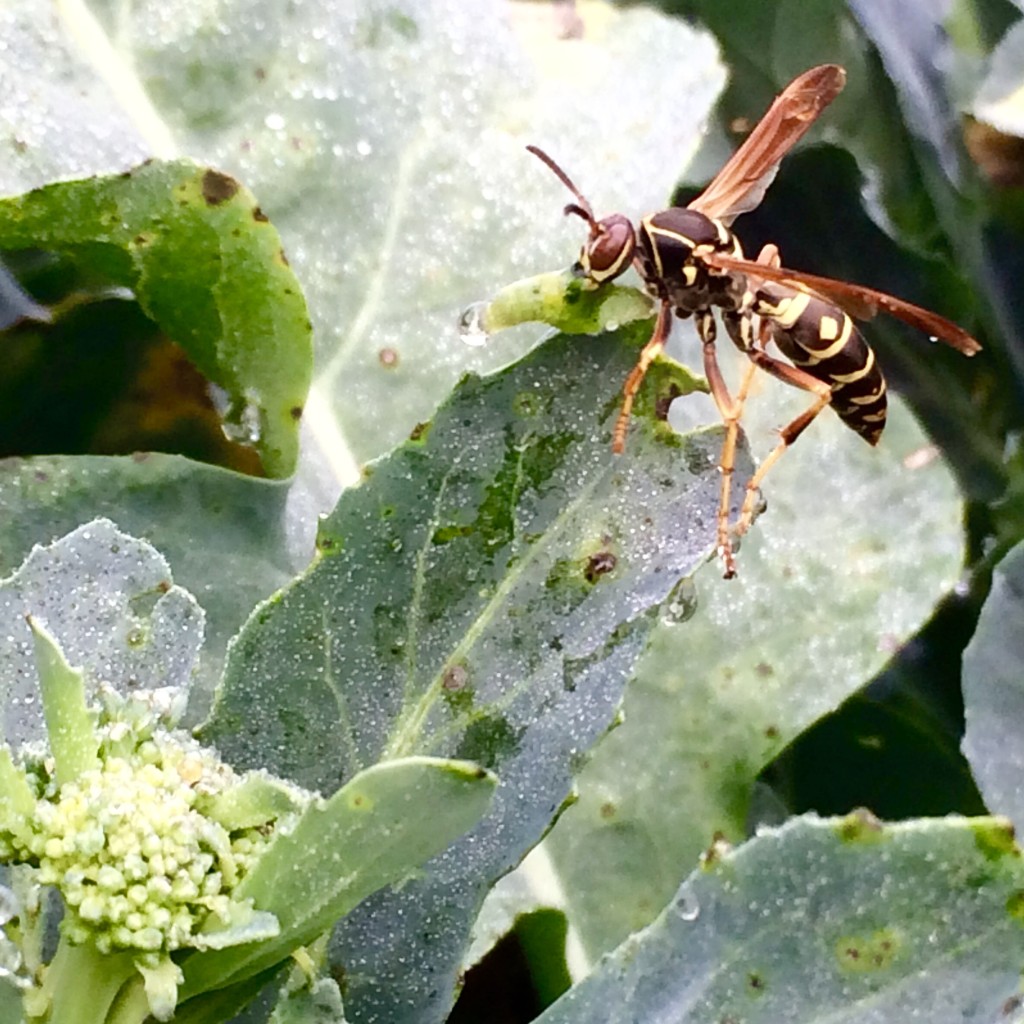
- Eggplant – (Italian, Asian, or a skinny white variety that I can’t recall the name of right now. Originally eggplants were white – hence the name …) The eggplant plants, like the nearby peppers, are big healthy leafy plants – with almost no interest in flowering or fruiting. Grrr. Fortunately, some of them are still into it!
- Holy Basil – often used in Thai cooking, and pairs well with anything watermelon. I really enjoying sniffing it.
- Italian Basil – also pairs great with watermelon!
Miscellaneous Pics from the Week
(some thanks to WWOOFer Bryan)
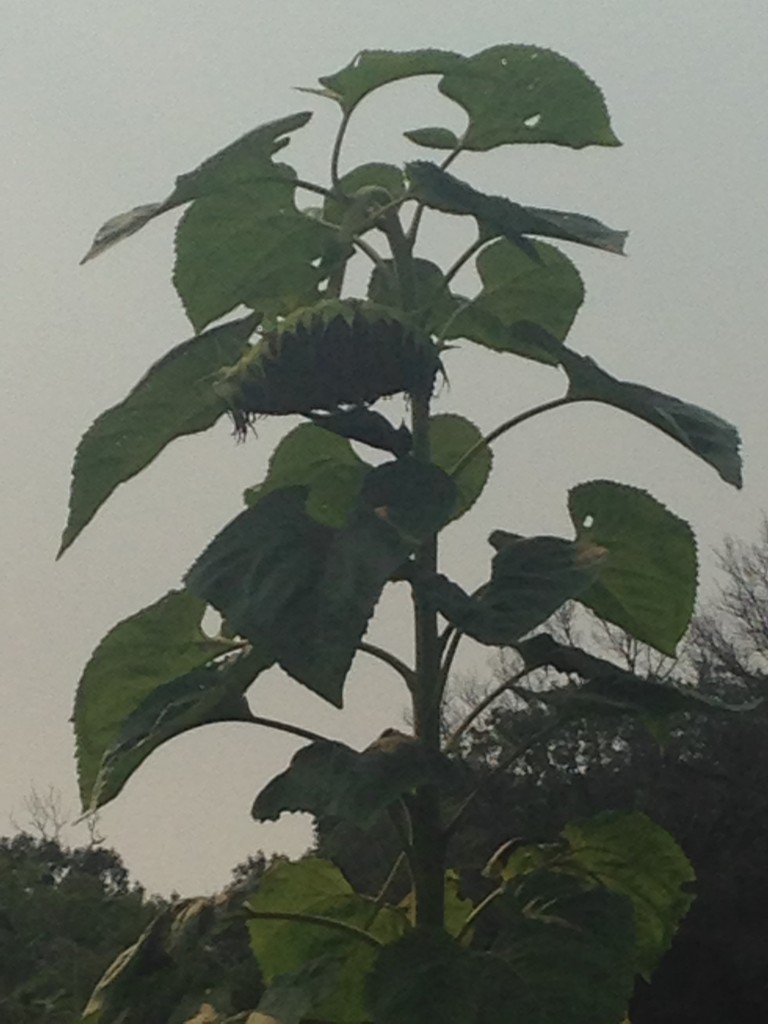
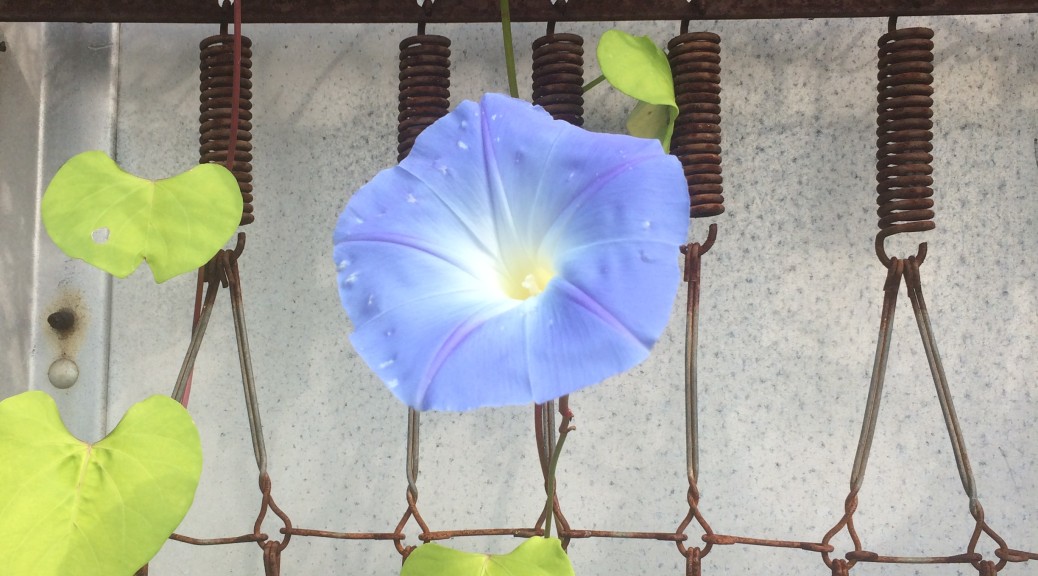
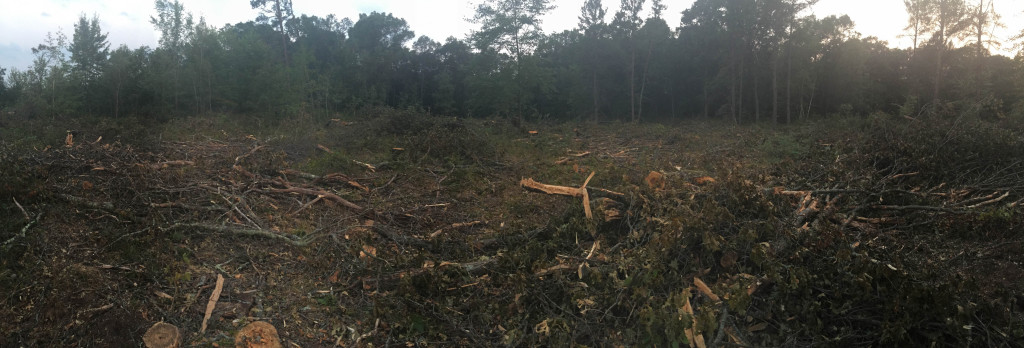

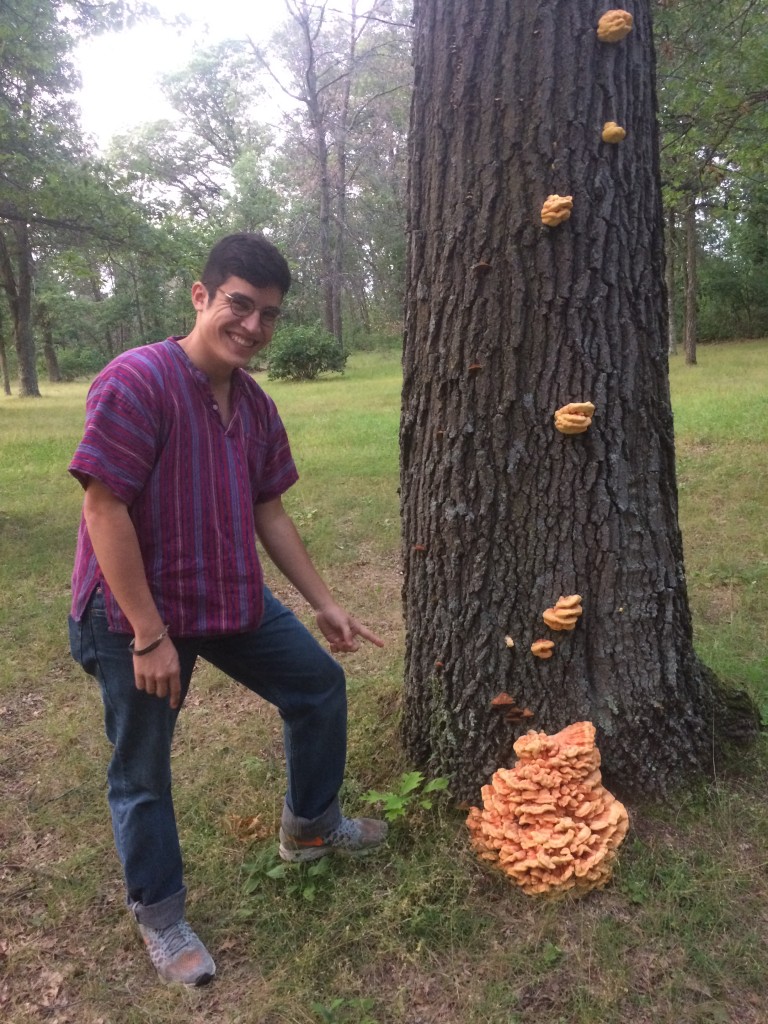
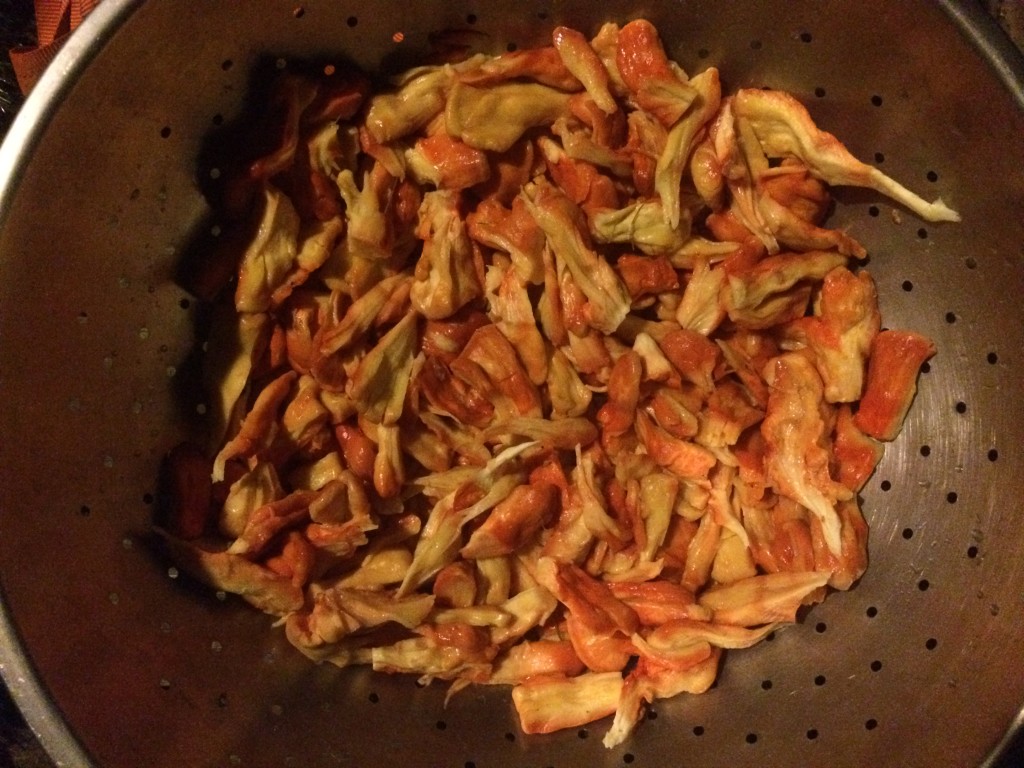
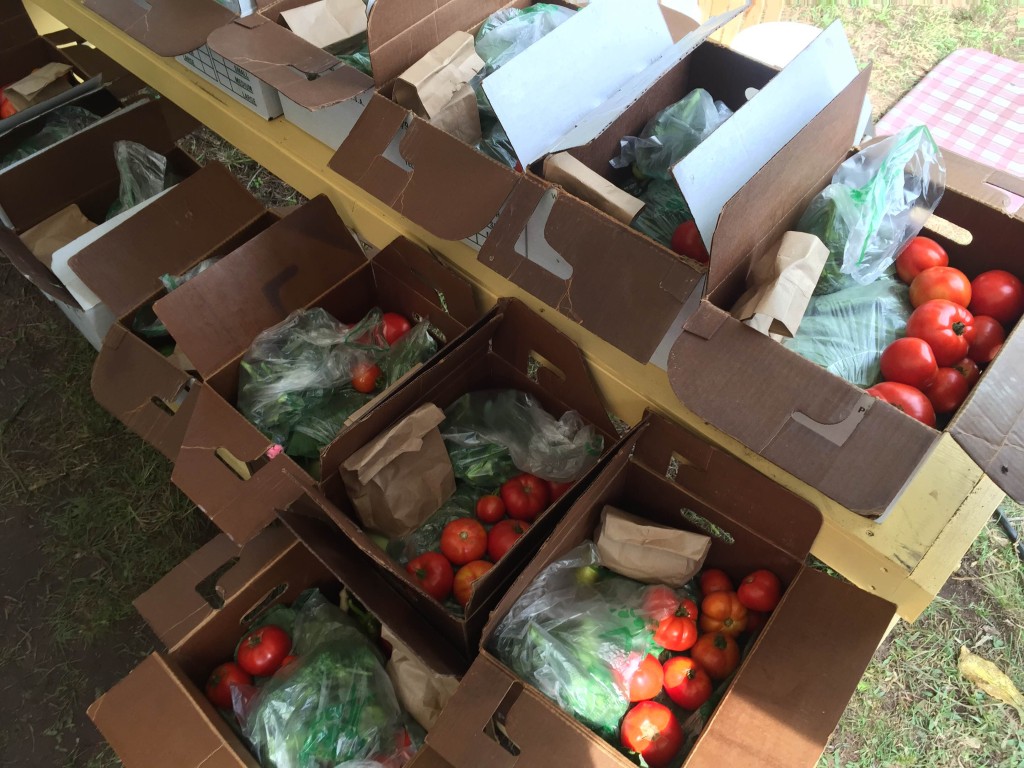
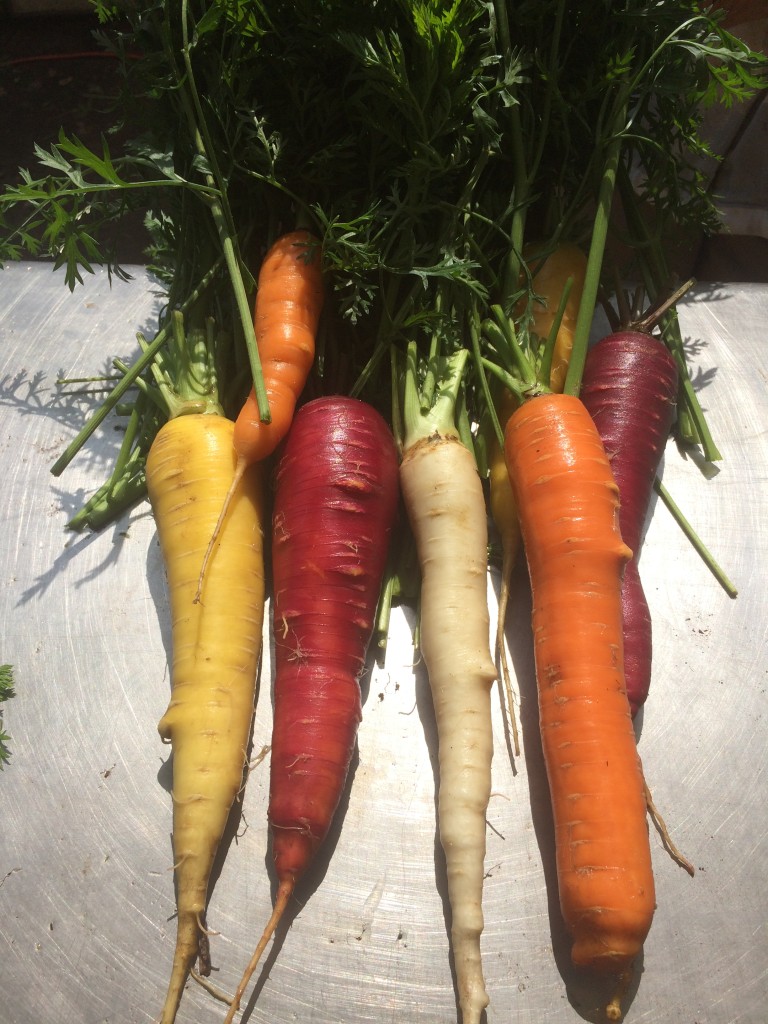
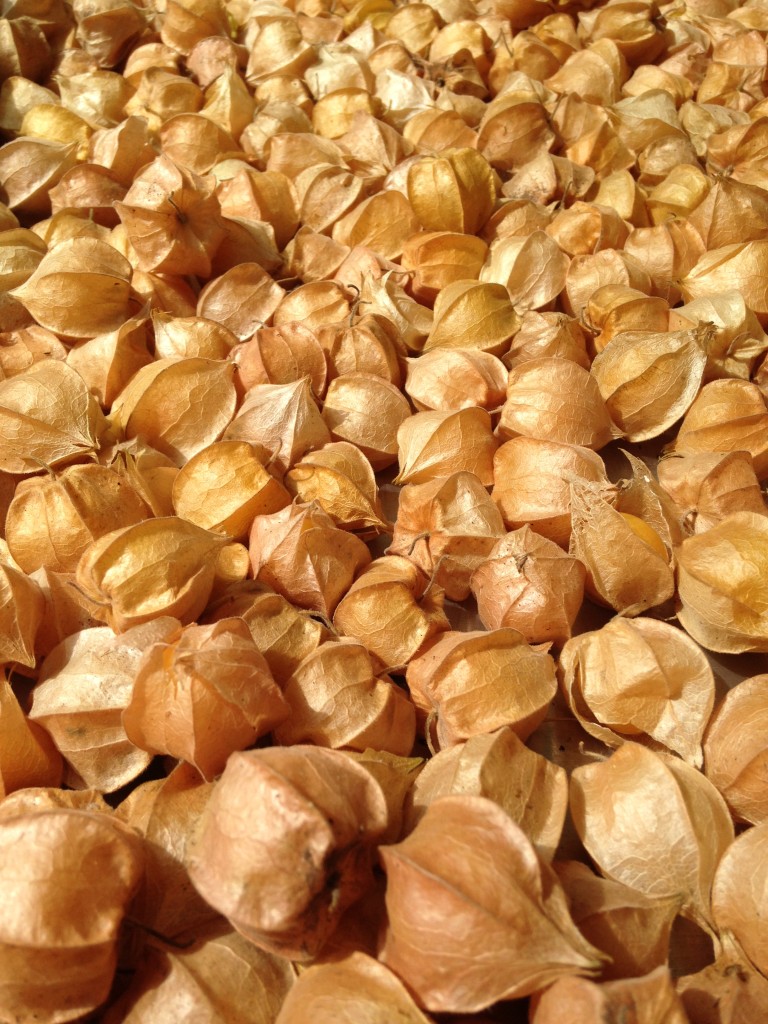


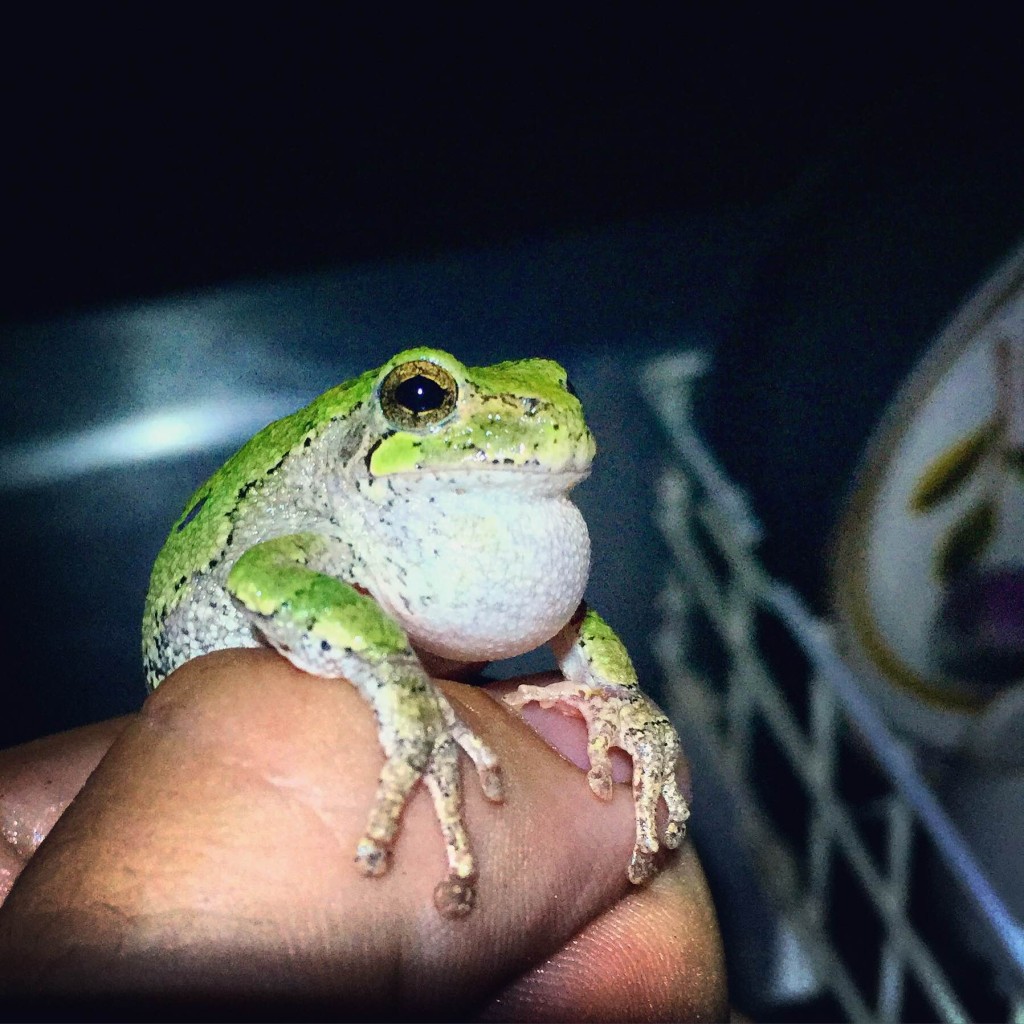
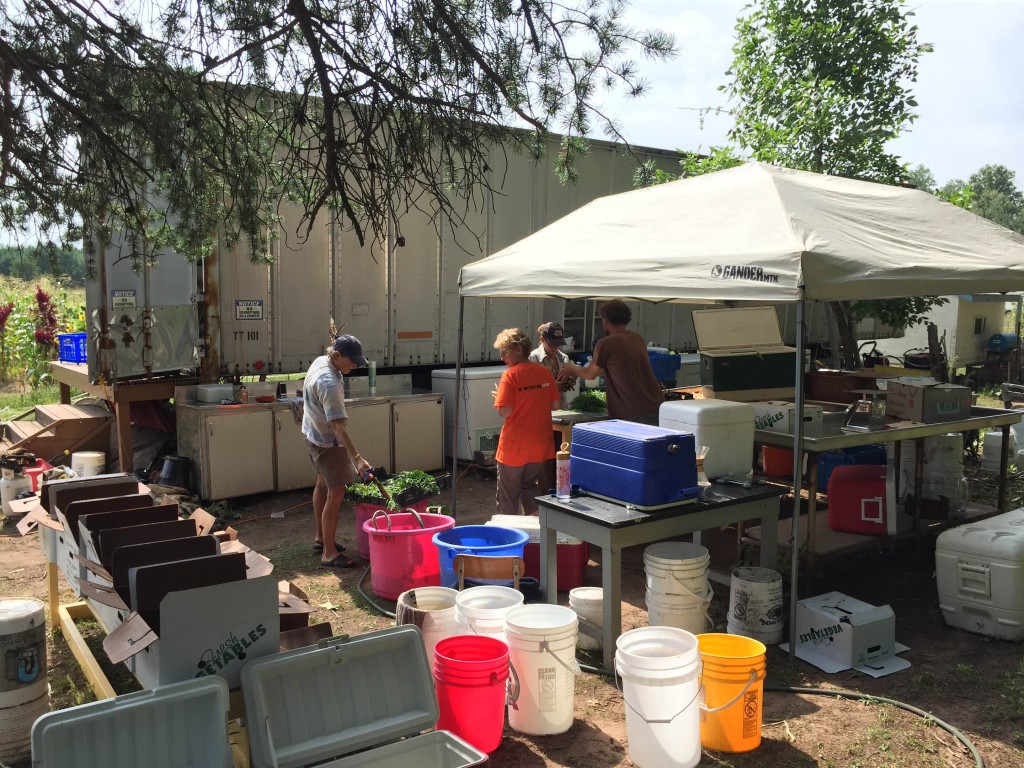
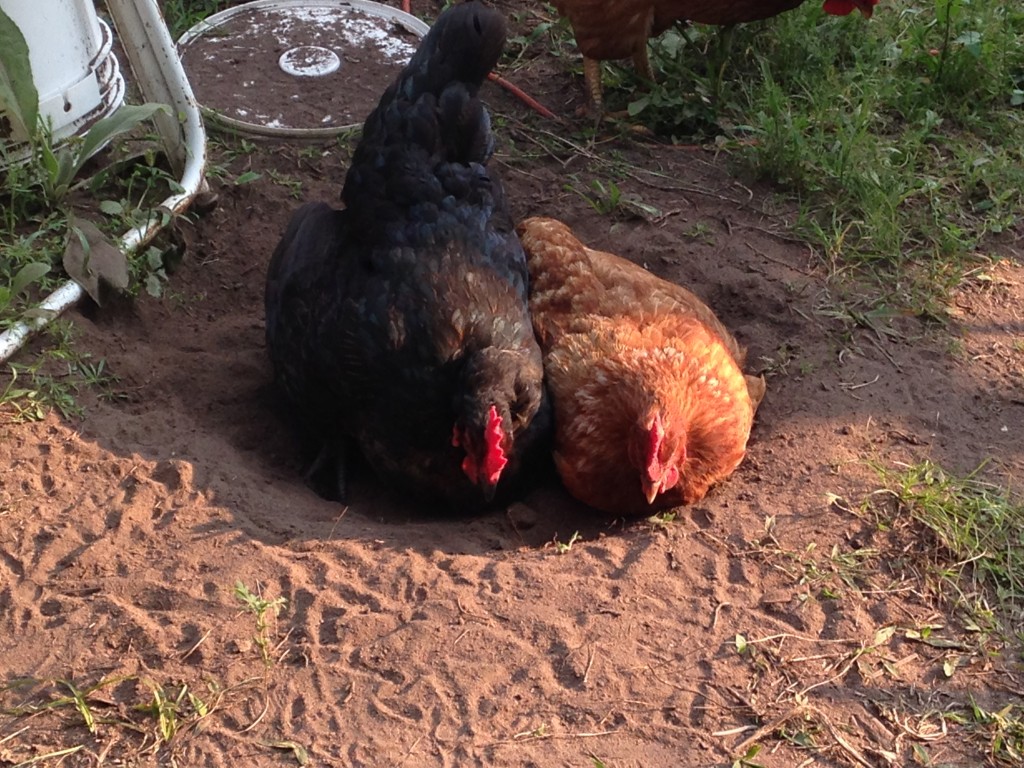

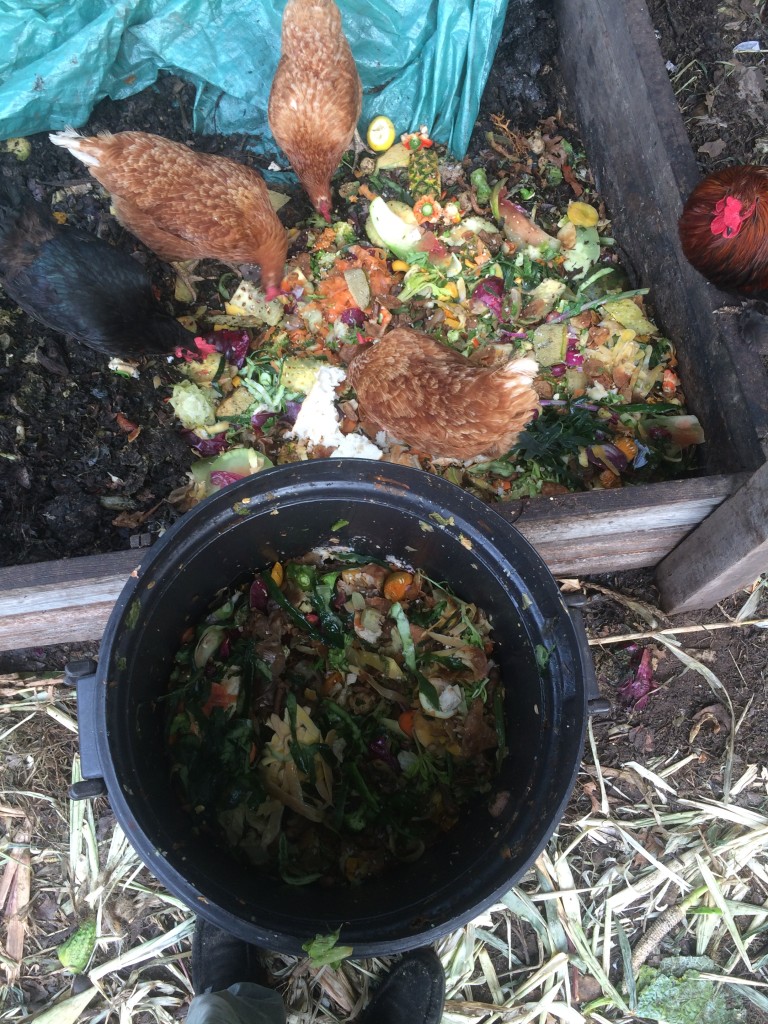
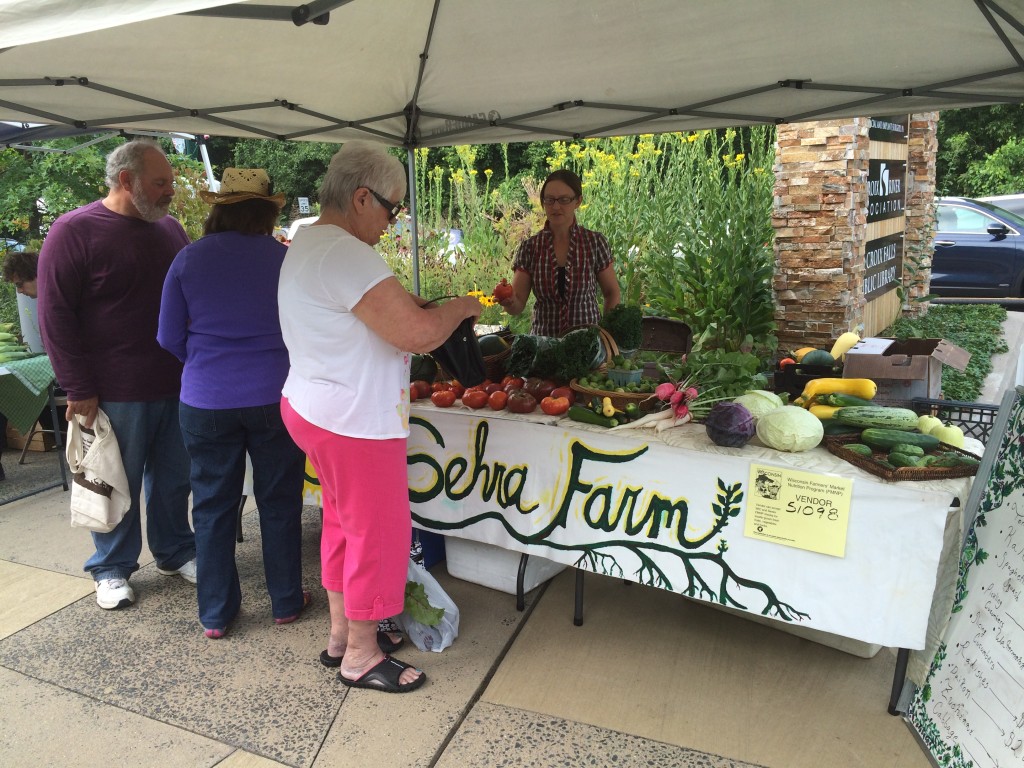


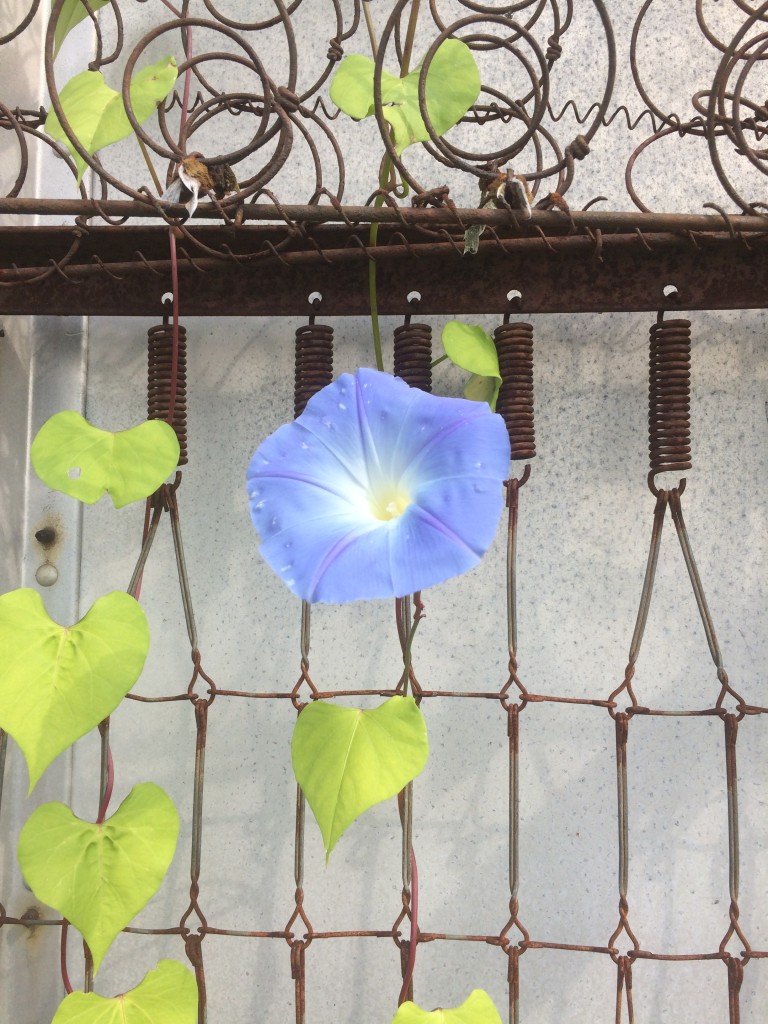
Another wonderful day preparing the boxes for Que Sehra Farm shares – delicious vegetables and ideas to prepare. Thank You.
Always delight in the photos gathered throughout the week – always surprises.n the black Spanish radish is the prize of this weeks fare.
We are oh, so happy to be neighbors and friends.
This Bryan Graybill guy seems like a phenomenal photographer you should buy that guy a beer.
that is a great idea, Anonymous Stranger!
Greetings from Miami April and Miami Juan! We miss the farm and were so excited to see the contents of this week’s box. After our experience with you we joined the official WWOOFing site and are looking forward to other adventures. Thanks again to Gabe and Kristin for allowing us to gain some experience on the farm. And thanks to Marcie and Dave (the neighbors) for their hospitality. We hope to return to the farm someday…